There is currently a project in the testbed with the aim of comparing the compelling IoT-technologies Narrowband IoT and LoRaWAN. This project is made in collaboration with KTH and two master students, who has this project as their master thesis. We had a quick chat with Rong Du, Postdoc in EECS school of KTH, who supervises the project.
How did the project come about?
It started with a master thesis proposal by Urban ICT Arena’s supporting partner DNX. They want to have some master students to run experiments to compare LoRa and NB-IoT protocols. We find that topic interesting, but we don’t have the devices to do the experiments. Then, we are suggested to contact Urban ICT Arena for the testbeds.
Has there been any comparisons of the two technologies before this project?
As far as I know, there are some comparisons on their theoretical performance, but probably no comparisons based on experiments. This project mainly focuses on comparing the two protocols with experimental data, in real-world city environments, and for IoT applications.
Has the project had any challenges or problems so far – or is everything running along smoothly?
So far, the students currently are learning to develop the program of sending data with a NB-IoT node. They couldn’t find much tutorials or instructions about the NB-IoT testbeds. Thus, they are basically learning by themselves. The data collection of LoRa protocol is running smoothly. However, they discover that the measurement related to energy consumption (the residual battery of the node) is kind of noisy. Thus, they are planning to use some signal processing approach to process the data.
Is Kista a good place for these kind of experiments/projects?
I think so. The LoRa network covers Kista well. Regarding NB-IoT network, we haven’t tested yet, but I think the coverage should be also good.
Do you have a clear idea of how the experiment will be executed practically? Or is that yet to be decided?
I think we have a clear idea, especially for the major steps. However, we may need to change the execution of the experiments if we encounter some difficulties or unexpected problems.
Read more about the project here, where you can also download the project plan.



